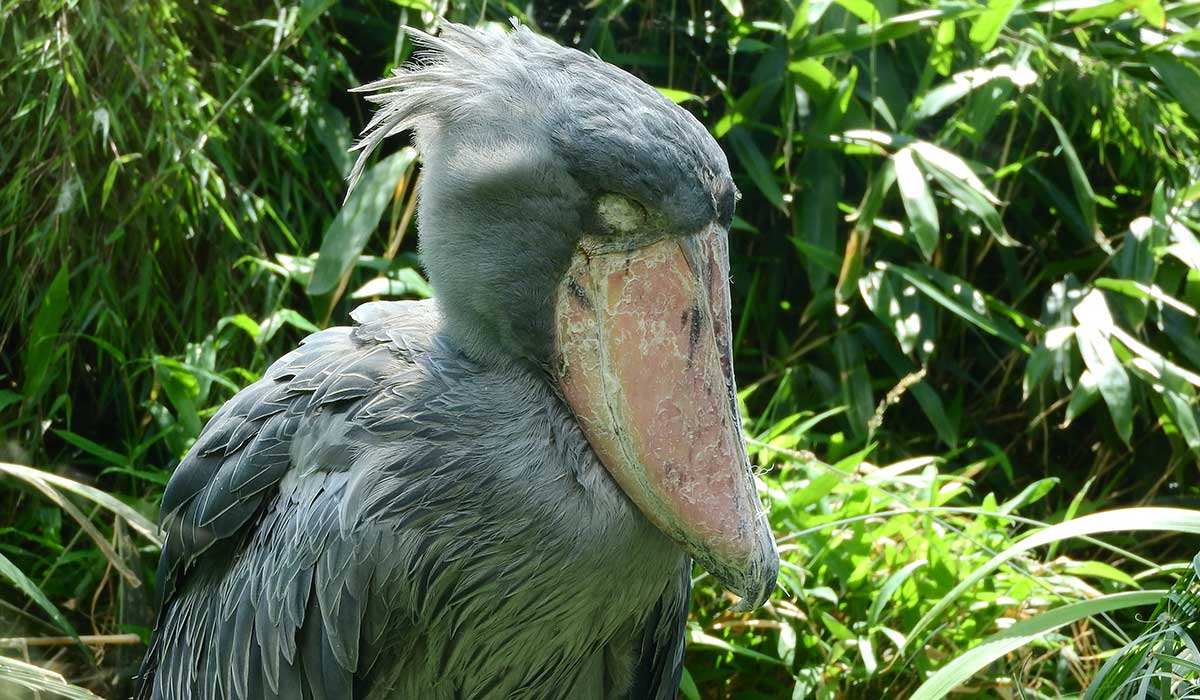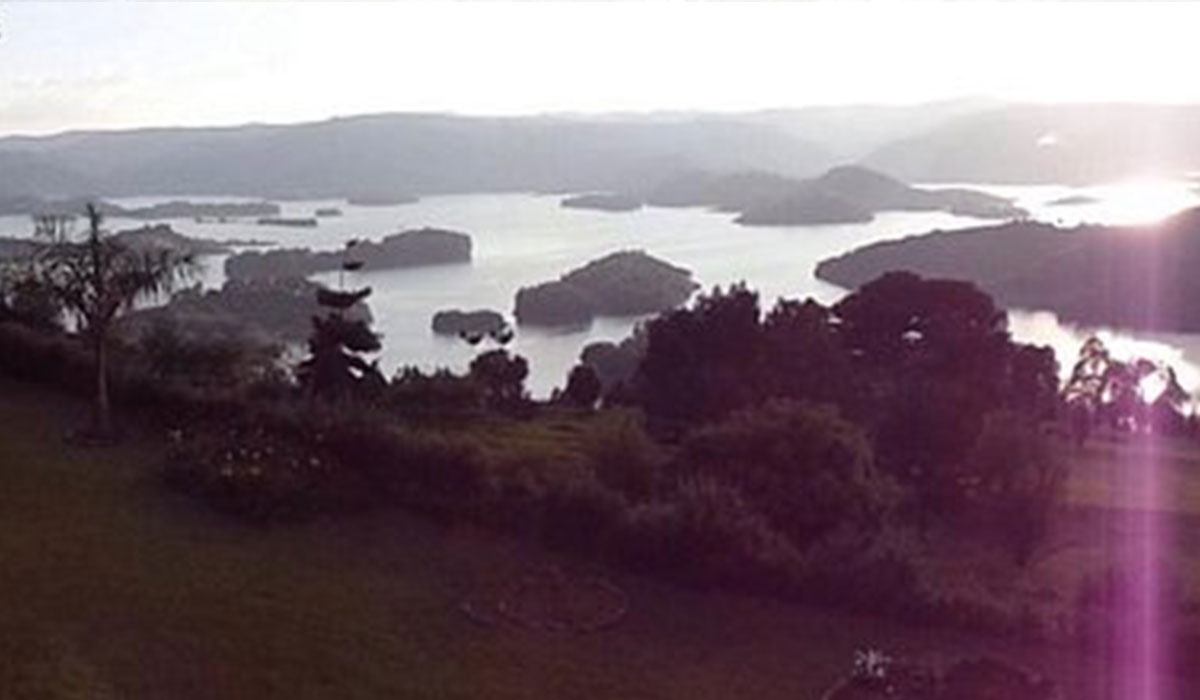Mabamba Swamp Bay is located west of Entebbe on the northern shores of Lake Victoria…
Ziwa Rhino Sanctuary is located in Nakasongola district, northwestern Uganda, near the Nakitomo village in the Kafu River basin, covering 70 square kilometers. The sanctuary was established in 2005 after the rhinos became extinct in Uganda because of the massive poaching in the 1970s and 1980s. Ziwa Rhino Sanctuary is home to over 33 rhinoceros families, conservation managed by the Uganda Wildlife Authority and Rhino Fund Uganda that started with six rhinos that were donated by the European Union, Disney World, and a Kenyan ranch. The sanctuary was made to expand, breed, and protect the black and white rhinos. This is 180km from Kampala and can be accessed by road transport using the Gulu highway in about 3 hours.
ANIMALS IN THE SANCTUARY
White and black rhinos, antelopes, hippopotamuses, crocodiles, reedbucks, gray duikers, monkeys, hartebeests, and monitor lizards.
Birds.
Giant kingfishers, blue-spotted doves, grey-crowned cranes, red-headed bluebills, red-headed malimbes, Ross’s turacos, shoebills, Abdm’s storks, African black cranes, Nubian woodpeckers, marico sunbirds, and pallid harriers.
Activities done at Ziwa Rhino Sanctuary.
Rhino tracking. This starts with a briefing at the information center informing you of the precautions to follow, like the tourists walking in a single line as they are tracking to prevent you from being easily targeted by the rhino, and also not getting close to the animals in about 6 to 7 meters.
Birding. The activity can be done while on a nature walk or on a boat, and you can decide to do it for a full day. There are four birding trails used, which include woodlands, swamps, savannah, and the habitats for the birds in the sanctuary.
Nature walks. This takes place within the sanctuary premises, where you see different animals like monitor lizards, butterflies, bushbucks, and bird species with the help of a ranger.
Night walks. These are done with the help of the ranger guide and flashlights that help in the viewing of the nocturnal at night, like leopards and aardvarks. This is done for 2 hours around 8:00pm.
Shoebill canoe ride. The activity is carried out along the Lugogo wetland, which is 10km in size, searching for the shoebills as well as viewing other animals and bird species offered by the community.
Accommodation.
Amuka Safari Lodge. This is a luxury accommodation facility in the woodland forest containing ten rooms divided into 4 family rooms and 6 standard rooms that are self-contained, a restaurant that serves different cuisines, and a well-stocked bar.


